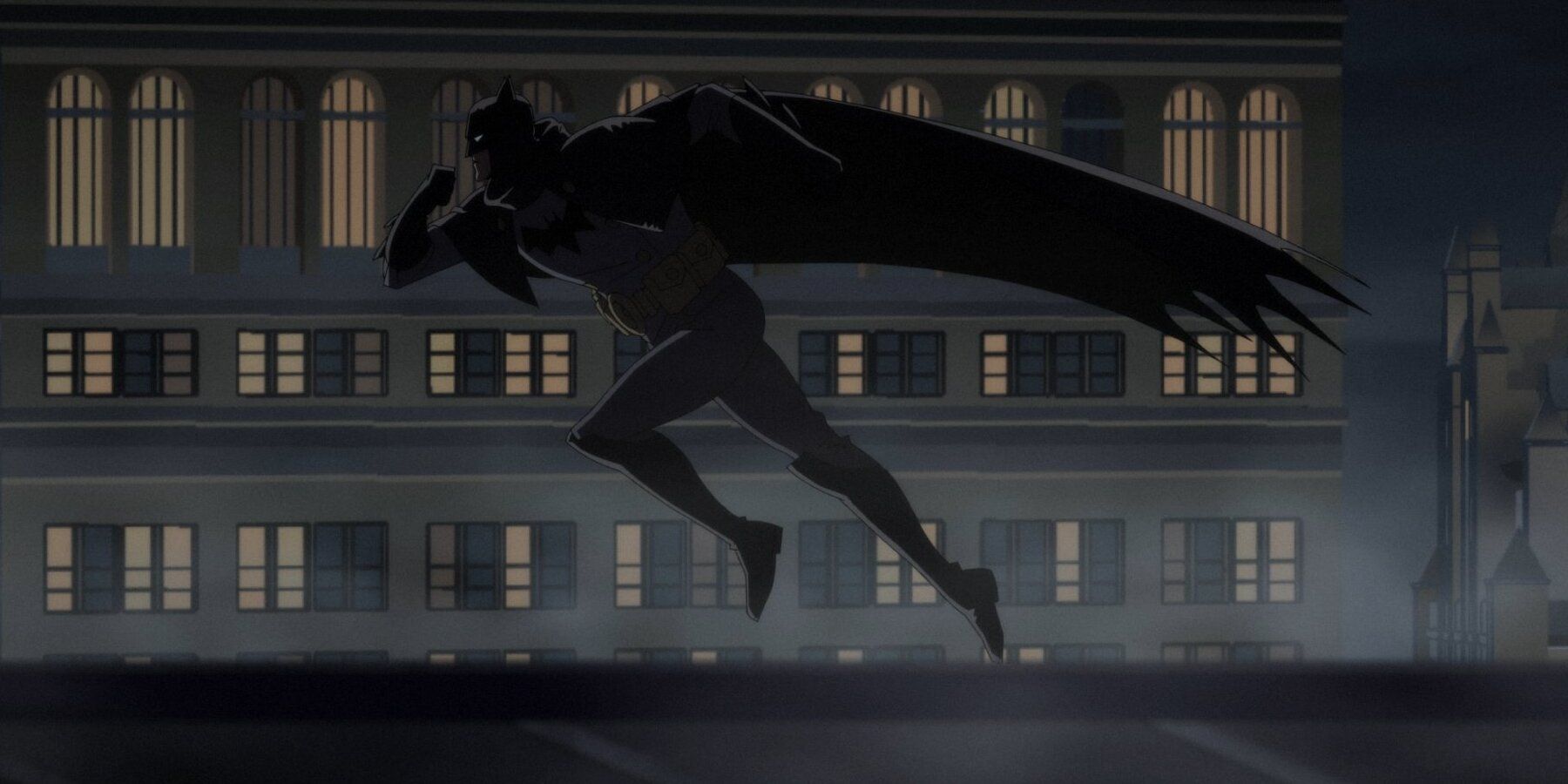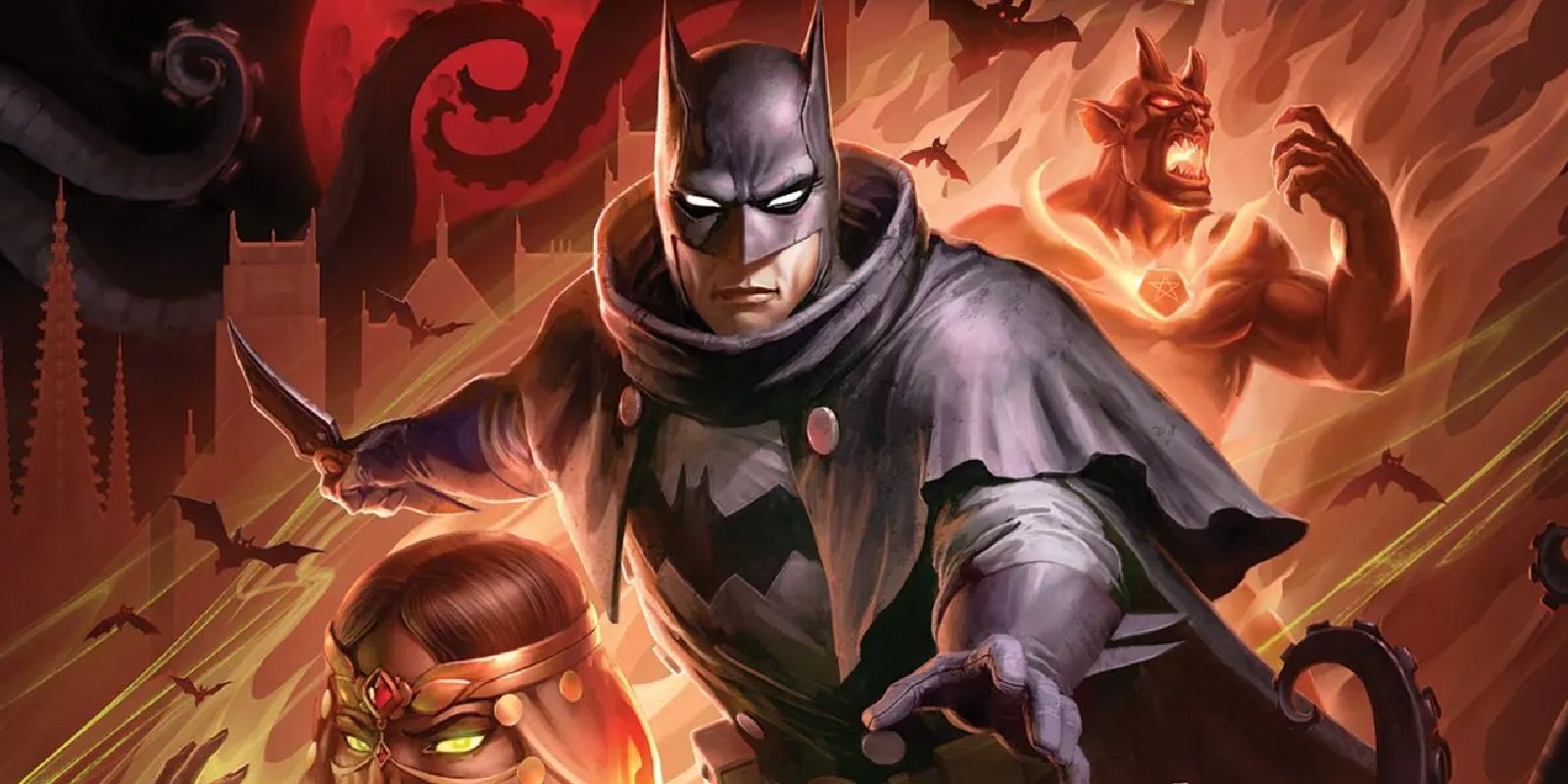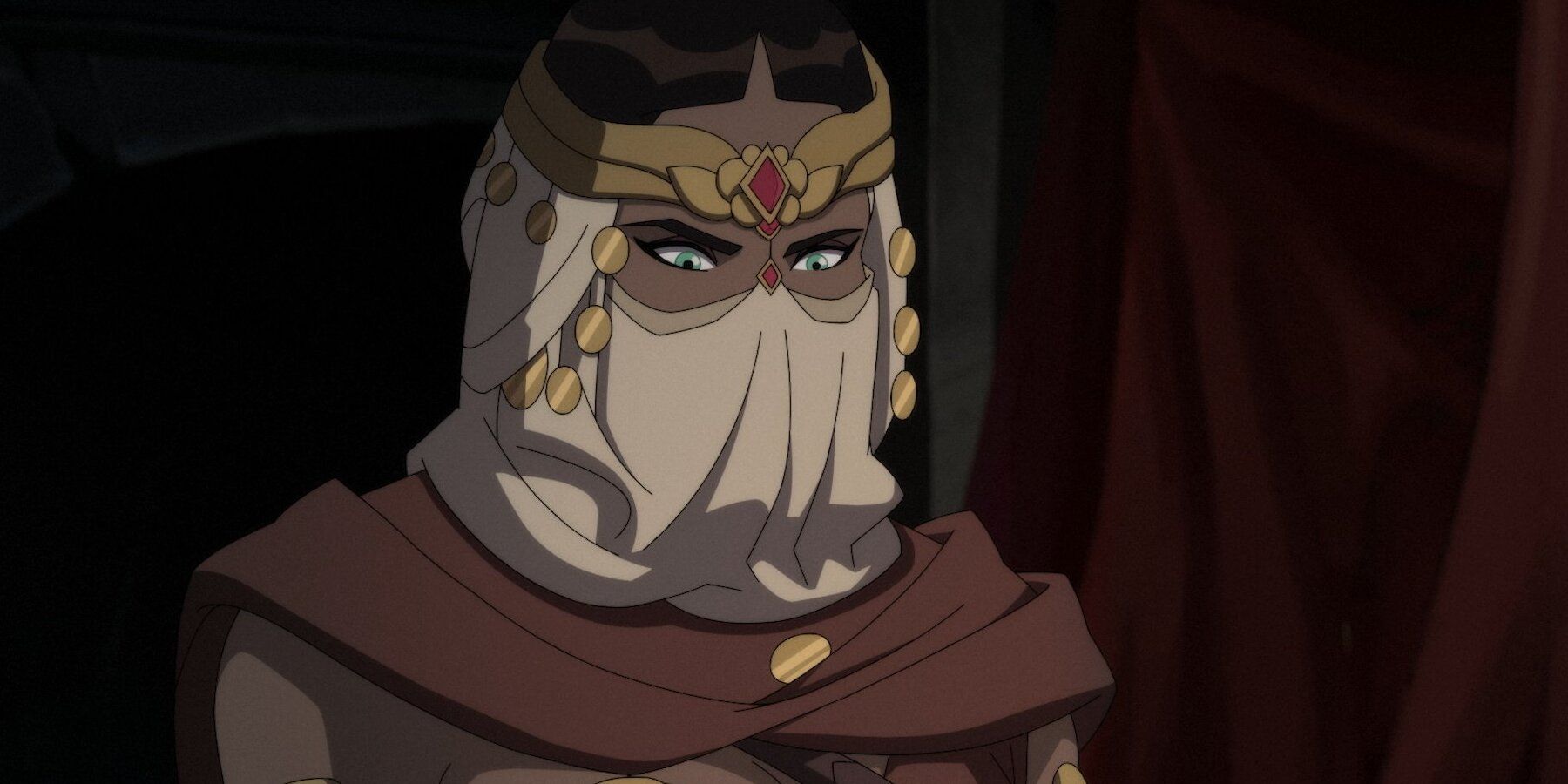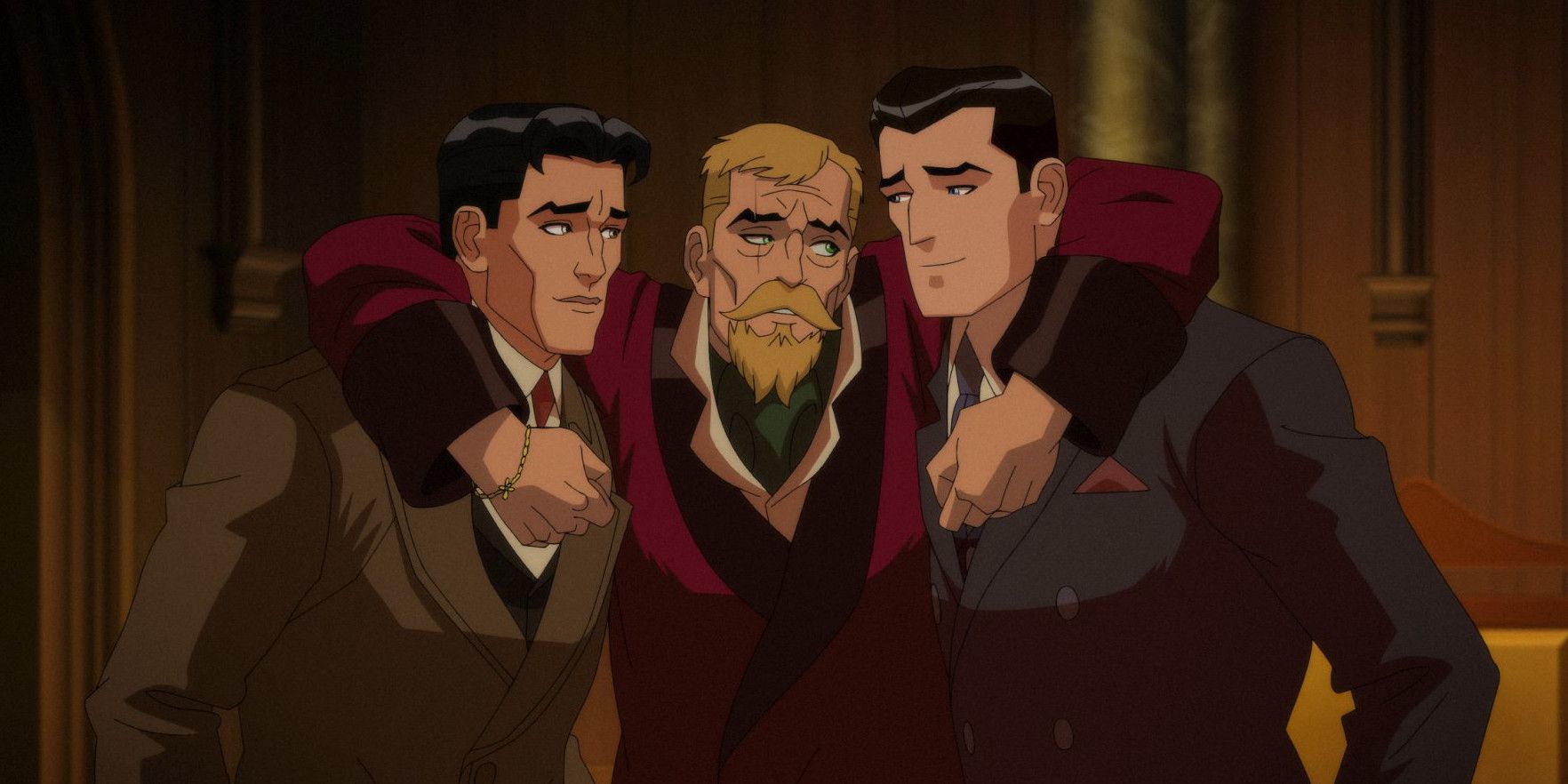Batman is one of the most versatile superheroes in comic books and the Dark Knight is about to take on Lovecraftian horror in the new DC Universe Original Animated Movie, Batman: The Doom That Came to Gotham. Producing and co-directing the film is veteran animator and filmmaker Sam Liu (Batman: Soul of the Dragon), whose adapted Mike Mignola, Richard Pace, Troy Nixey and Dennis Janke’s comic book miniseries of the same name. For Liu, the film presented the opportunity to infuse this period piece vision of the DC Universe with plenty of gothic, supernatural horror as Batman works to defend Gotham City from an old god festering beneath it.
In an exclusive interview with CBR, producer and co-director Sam Liu talked about the production challenges The Doom That Came to Gotham faced, shared his inspirations behind the project, and reflected on helming the movie with fellow co-director and longtime collaborator, Christopher Berkeley.
CBR: What was it about adapting Batman: The Doom That Came to Gotham as the latest DC Universe Original Animated Movie?
Sam Liu: It was a fluke! It's sort of a passion project, even though I wasn't super familiar with the source material. I just wanted to do a gothic horror [story]. The Doom That Came to Gotham lined up with that and when I read the source material, I felt that this was something that I really liked and that I could really do something with this. It was by chance. We threw it in the hat as a potential project, and they actually picked it. I was very surprised.
Mike Mignola has a very distinct art style. How was it incorporating some of those artistic sensibilities for animation?
With the Mignola elements, it's hard to pull off his art style in moving visuals even though they've done it in stuff like The Amazing Screw-On Head. I remember having a conversation about this with a few people at the studio. There are certain things that loss the [energy] that Mignola [has]. Mignola also uses a lot of black in his work and some of those things are difficult to animate because they look like tattoos on characters when they're moving. Every one of those things has to be animated, even apart from the level of animation we can get from the budgets. It's a lot of work.
Very early on, we knew that we had to get a different style and Chris Samnee is someone whose work I really love. I thought if we could get an animated Chris Samnee, it'd be really awesome. It ended up looking like it does, and we weren't able to get Chris to come in and do all the necessary stuff [since] he's busy being a comic book star. We tried to do a lot with lighting and certain effects, though not as much as I would like, trying to desaturate a lot of things until we came to the magical stuff, which I wanted to be very bright. There are things that we wanted to do and things that we just ran out of time for and didn't have the resources [for], but we tried.
In addition to producing The Doom That Came to Gotham, you're co-directing alongside Christopher Berkeley.
I always thought titles were a misleading and unfair kind of thing. I feel bad for Bruce Timm and the [other] creative producers. When a people think of producers, they think it's the people that do schedules, money and all that kind of stuff. Whenever I worked on projects with Bruce, we're all following [him]. Even back when I wasn't a producer, I always felt bad that they weren't getting enough credit. Chris was working on Young Justice at the time, so I couldn't get him for the first third of the movie. I had to direct [it]. I've known Chris since before we both started working in animation. I think we both started roughly around the same time.
I always want to work with Chris because there are story elements that I'm trying to push in my projects [that] I think Chris really understands. Animation is such a visual medium that I think you can get far in it by being really good at visuals, but I'm really into the story elements. I feel like Chris gets that. When I say something, he comes back and hits the thing that I'm looking for.
On one project, I said to the artists that [a] fight needed to [have] a certain tone and the artists did an interesting fight, with all these cool moves and gimmicks, but we weren't feeling the tone. The heroes were supposed to be overwhelmed, and the fight should've been brutal. The heroes should be afraid for their lives. There were a lot of fun things happening, but I wasn’t getting the fear or dominance of it. Things like that, on a subtextual level, Chris really understands. He does stuff that I didn't even know I wanted, but it feels so right. [Laughs] It’s always great working with Chris.
I love that this feels more like a horror story that just happens to star Batman. How was it balancing those tonal elements for the film?
The story is so complicated and there are things that didn't quite go the way that I had hoped. We had to basically truncate it and nix some of the open spaces where tension and sound design can take over. I think it's the longest movie that we've put out, but it was 100 minutes before it got cut down to 90. They told me I had to basically cut 10 minutes out of it. Even up to that point, we had already cut a lot and things that were drawn out aren't there anymore. I think those things are integral to horror, so I really lament not being able to do that.
Directed by Sam Liu and Christopher Berkeley, Batman: The Doom That Came to Gotham will be released on 4K UHD, Blu-ray and digital HD on March 28.




